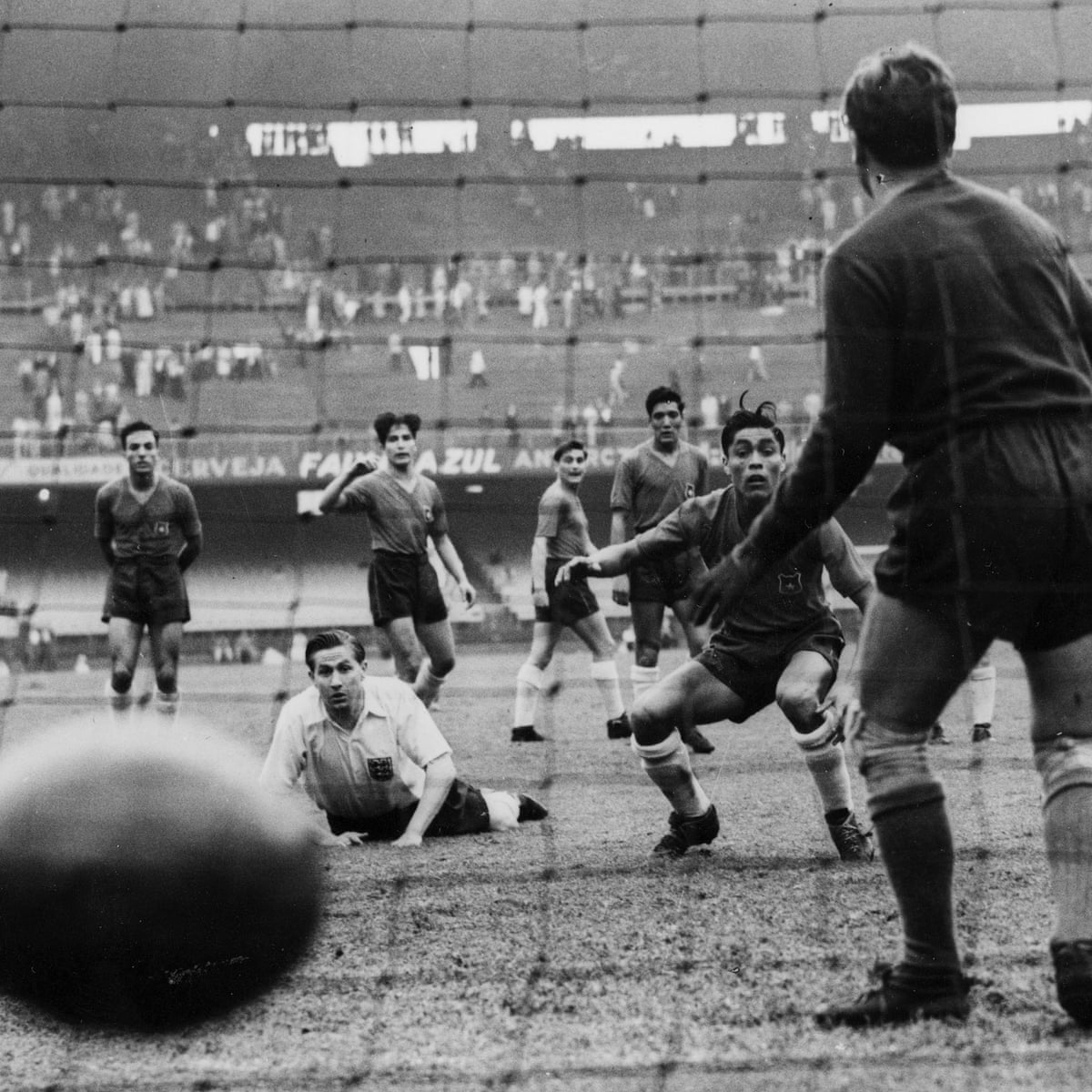Football shirts may look like simple bits of fabric, but the material they’re made from has shaped the sport in ways most fans never notice. From the heavy cotton of the early 20th century to today’s ultra-light, sweat-wicking synthetics, the evolution of textiles has mirrored the evolution of football itself.
In the earliest days, players wore wool or thick cotton. These weren’t really shirts as we know them — more like jumpers with collars, better suited to a winter’s walk than ninety minutes of sprinting. They absorbed sweat and rain, grew heavier as games went on, and clung uncomfortably to the skin. Imagine trying to dribble with five kilos of damp cloth weighing you down.

By the 1970s, technology had caught up. Enter polyester. Lightweight, durable, and far cheaper to produce, polyester transformed football kits. It allowed for brighter colours and sharper patterns that didn’t fade with washing. Clubs could experiment with designs, and suddenly the shirt wasn’t just functional - it was fashionable. The gaudy patterns of the ’80s and ’90s would have been impossible without polyester.
Polyester also changed the business. Replicas became big sellers, as fans wanted to wear the same bright shirts they saw on television. A polyester shirt was more practical for everyday life than a woollen relic, and clubs quickly realised that shirts weren’t just uniforms - they were merchandise.

But polyester had its downsides. Early versions were scratchy, uncomfortable, and offered no help to the players sweating buckets underneath. That’s where the next phase came in: performance fabrics.
By the 1990s, manufacturers like Nike and Adidas were investing in materials designed not just to look good but to enhance performance. Breathable mesh panels, moisture-wicking technology, and laser-cut ventilation were introduced. Suddenly, shirts weren’t just lighter - they were engineered to keep athletes cool and dry.
Today’s kits are feats of textile science. Nike’s “Dri-FIT” and Adidas’s “AEROREADY” are built to manage heat and moisture at the molecular level. Shirts are cut to reduce drag, seams are bonded rather than stitched, and recycled materials are increasingly common. Some are even designed with data-driven mapping of where a player sweats most.

The evolution from cotton to polyester to performance fabric reflects football’s broader journey: from muddy local pitches to a billion-pound global industry. A modern player wears a shirt that’s not just a shirt - it’s technology. And for fans, the replica is no longer scratchy polyester; it’s everyday sportswear, comfortable enough for the gym or the street.
From heavy wool to feather-light synthetics, football shirts tell a story of innovation. They remind us that progress isn’t just measured in goals scored, but in grams of fabric shed.
We also think you'll like...